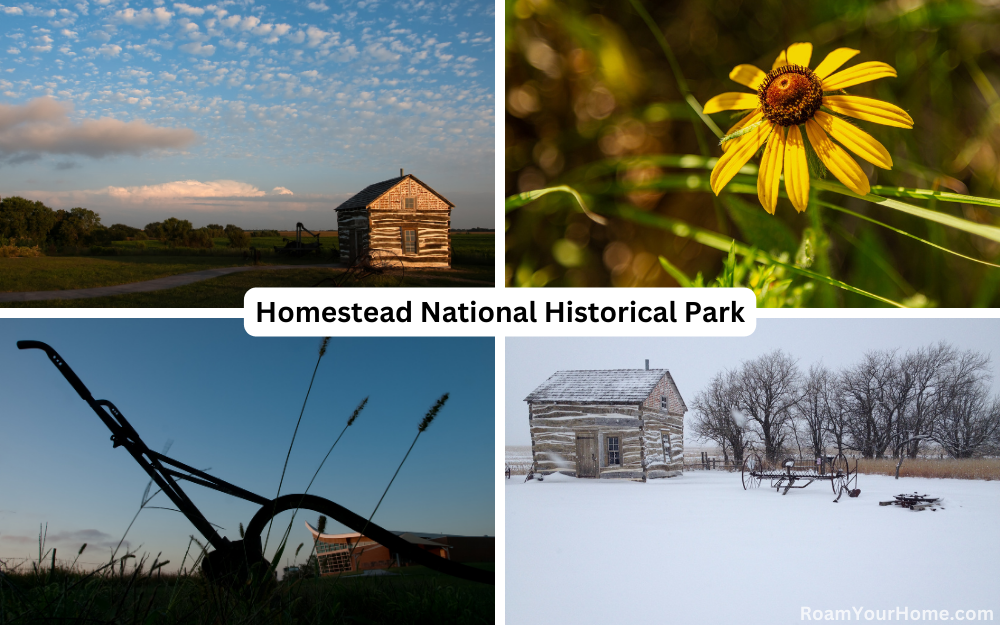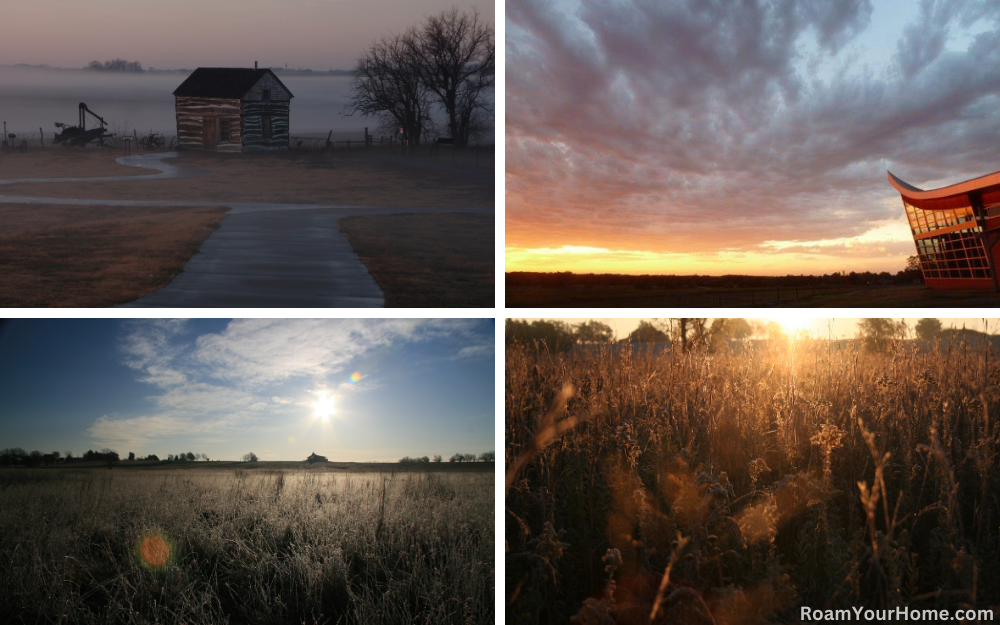
Step back in time at Homestead National Historical Park
Homestead National Historical Park is in rural southeastern Nebraska. It’s about a 45-minute drive from Lincoln or an hour and a half from Omaha. The park is on the smaller side when it comes to national park service sites, but what it preserves and protects is certainly an important part of American history. Homestead National Historical Park memorializes the passage of the Homestead Act of 1862, a law that would forever change the landscape of our nation. Nearly 10 percent of public land would be given away to qualified recipients. Most of which was handed over 160 acres at a time for a promise that the person would live there for five years and make improvements to the land.
Things to do at Homestead National Historical Park
Visitors to the park stand on some of the first land filed on the Homestead Act. That man was Daniel Freeman, who, in January 1863, filed his claim for the property. Freeman would claim to be the very first homesteader in the nation. Some of the property the park resides on now once belonged to Freeman.
Today, you can expect to spend a couple of hours exploring the park but certainly can spend more or less depending on your time.
Homestead Heritage Center
We recommend starting at the Homestead Heritage Center. There is a park film that is a great way to start your visit. Once you are done checking out the exhibits inside the Heritage Center, take a moment to enjoy the “Living Wall” outside of the center. The wall is an interesting representation of just how much land from each state was homesteaded. You’ll quickly see that most of it was west of the Mississippi.

Palmer-Epard Cabin
Next up, head over to the Palmer-Epard Cabin. Built in 1867, the historic cabin was moved to the monument grounds in 1950. In its time, the 14 by 16-foot cabin was considered fancy. Today, it gives you an idea of what it was like living on a homestead frontier in the years after the Civil War. For a little more perspective, imagine ten children running around the one-room home.
Freeman School
The Freeman School is also a must-see during your visit. From 1872 through 1967, the one-room school served the community. It was the longest-serving one-room school in Nebraska. The school wore many hats during its long history. It was used as a social club, polling place, and church meeting place. The small school drew national attention in 1902 when Daniel Freeman, the self-claimed first homesteader, took issue with the Bible being used in school instruction. Freeman would insist a local teacher stop using the Bible as a textbook. The teacher refused, and the local school board backed her. Undeterred and sticking to his principles of separation and church and state, Freeman took the case all the way to the Nebraska Supreme Court, which would ultimately side with him, ruling the use of the Bible in the classroom violated the state’s constitution.
Hiking in Homestead National Historical Park
Next up, explore the 100 acres of restored tallgrass prairie. The park has over 3 miles of hiking trails that weave through the prairie. The Prairie Loop passes Daniel Freeman’s grave along the upland and the Osage Orange Hedgerow he planted as a natural windbreak and fenceline. Hiking through the prairie is one of the best ways to explore and get a true feeling for what it was like back in the 1860s when homesteaders flooded across the Mississippi in search of “free land” and a better life.

